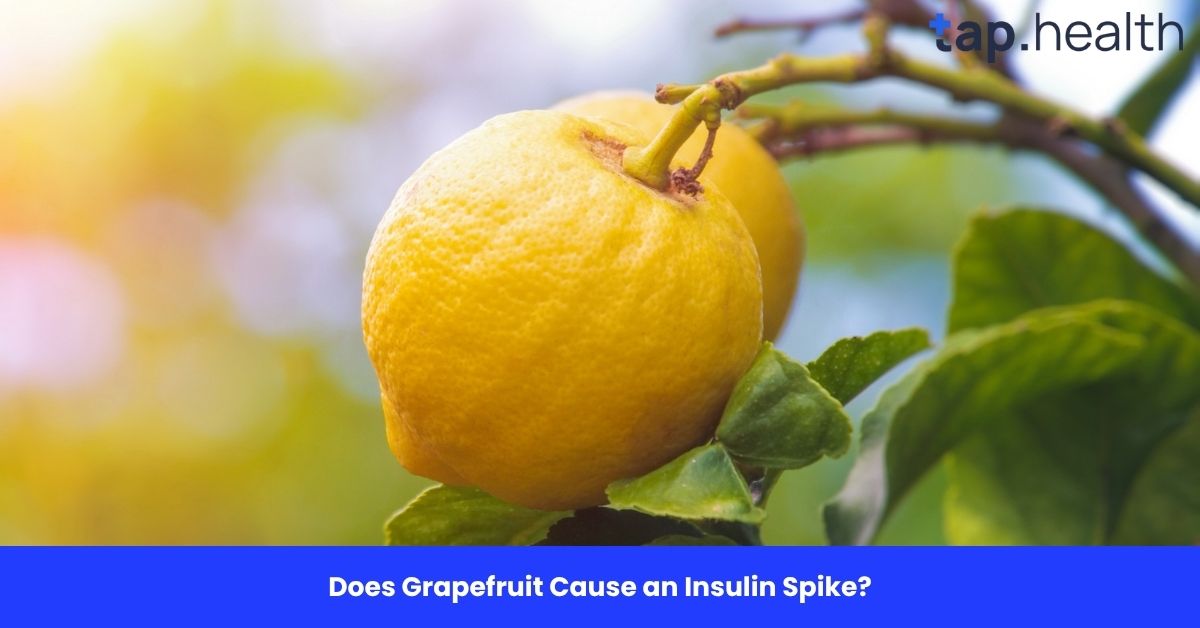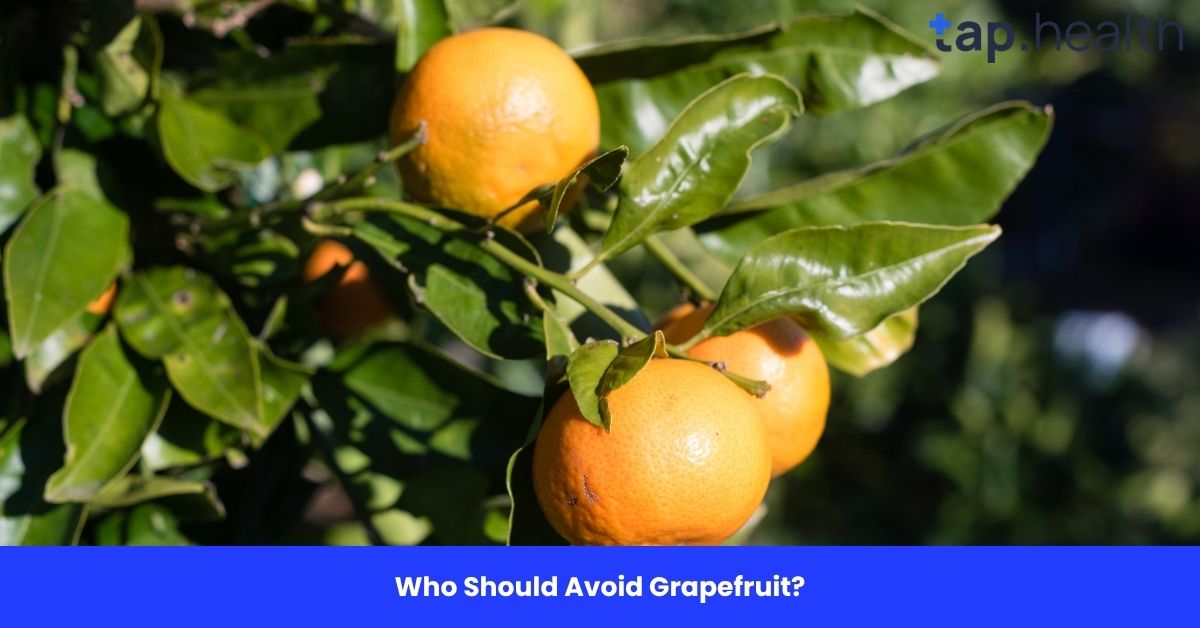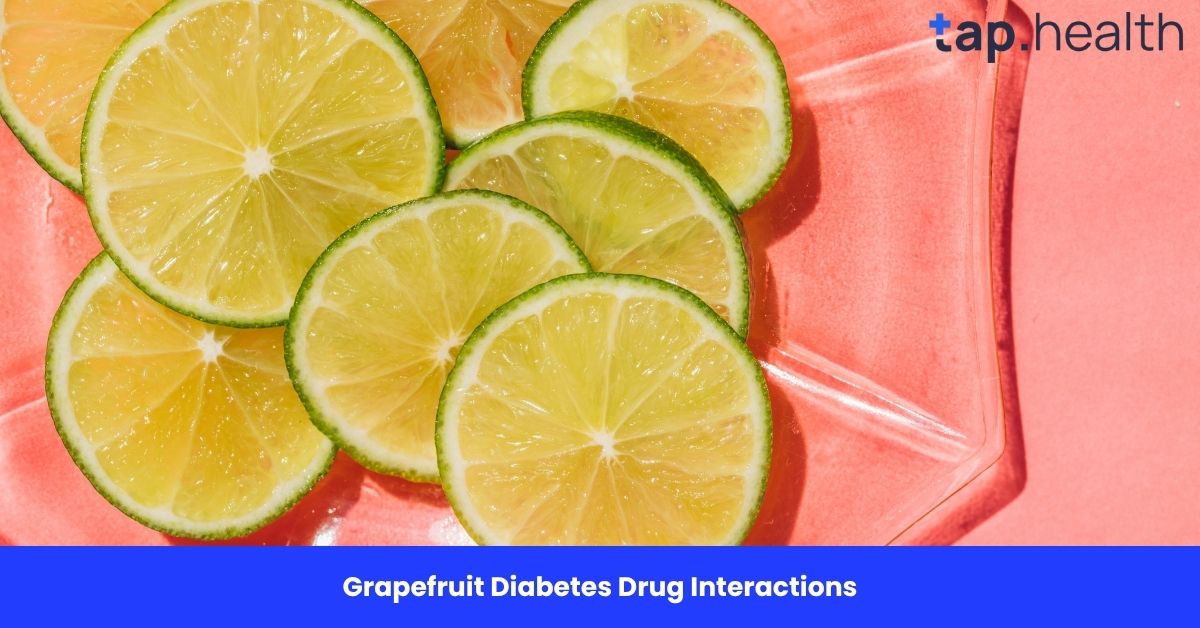Managing diabetes effectively involves careful monitoring of blood sugar levels, which extends to dietary choices. Juicing can be a beneficial addition to a diabetic-friendly diet when done thoughtfully. This comprehensive guide provides essential tips for creating diabetic-friendly juices, supported by real-life scenarios, expert insights, and research-backed recommendations. By following these guidelines, individuals with diabetes can enjoy delicious and nutritious juices without compromising their blood sugar control.
Why Juices for a Diabetic-Friendly Diet?
Juicing offers a convenient way to incorporate a variety of vitamins, minerals, and antioxidants into your diet. For individuals with diabetes, selecting the right ingredients is crucial to avoid blood sugar spikes. Here’s why juices can be part of a diabetic-friendly diet:
- Nutrient-Dense: Juices provide concentrated nutrients that support overall health and diabetes management.
- Hydration: Juices contribute to daily fluid intake, aiding in hydration and metabolic functions.
- Antioxidants: Many fruits and vegetables used in juices are rich in antioxidants, which help reduce inflammation and oxidative stress associated with diabetes.
- Convenient Consumption: Juices can be a quick and easy way to consume multiple servings of fruits and vegetables in one drink.
However, it’s essential to choose ingredients wisely to maintain stable blood sugar levels.
Top Juicing Tips for Diabetic-Friendly Beverages
1. Choose Low-Glycemic Ingredients
When selecting fruits and vegetables for juicing, opt for those with a low glycemic index (GI) to prevent rapid spikes in blood sugar levels. Low-GI ingredients include:
- Leafy Greens: Spinach, kale, and Swiss chard are excellent choices as they are low in sugar and high in fiber.
- Berries: Strawberries, blueberries, and raspberries provide sweetness with minimal impact on blood sugar.
- Cucumbers: Hydrating and low in calories, cucumbers add volume without raising blood sugar.
- Apples: Use in moderation due to their natural sugars, and prefer green apples which have a lower GI compared to red varieties.
2. Incorporate Fiber-Rich Ingredients
Fiber slows down the absorption of sugar, helping to maintain stable blood glucose levels. While juicing typically removes fiber, you can still incorporate some by:
- Adding Flaxseeds or Chia Seeds: These seeds add healthy omega-3 fatty acids and fiber.
- Including Whole Fruits and Vegetables: Blend rather than juice to retain some fiber in the beverage.
3. Limit High-Sugar Fruits
High-sugar fruits can cause significant increases in blood glucose levels. Limit or avoid ingredients like:
- Grapes
- Pineapples
- Mangoes
- Oranges
Instead, focus on lower-sugar alternatives to maintain sweetness without the blood sugar spikes.
4. Balance with Protein or Healthy Fats
Adding a source of protein or healthy fats can help stabilize blood sugar levels by slowing the absorption of carbohydrates. Consider:
- Adding Almond Butter or Peanut Butter: Provides healthy fats and protein.
- Including Greek Yogurt: Adds creaminess along with protein.
- Incorporating Avocado: Offers healthy fats and a smooth texture.
5. Monitor Portion Sizes
Even with diabetic-friendly ingredients, portion sizes matter. Stick to one serving (8-12 ounces) to avoid excessive calorie and sugar intake.
6. Avoid Added Sugars and Sweeteners
Enhance the natural sweetness of your juices with:
- Stevia or Erythritol: Natural, low-calorie sweeteners that do not impact blood sugar.
- Spices: Cinnamon or nutmeg can add flavor without adding sugar.
7. Time Your Juice Consumption
Consume juices between meals rather than alongside high-carb meals to minimize blood sugar spikes. Ideally, have your juice in the morning or as a mid-afternoon snack.
8. Use Herbal Supplements Wisely
Some herbs can support blood sugar management, such as:
- Cinnamon: Known to improve insulin sensitivity.
- Turmeric: Has anti-inflammatory properties beneficial for diabetes.
9. Stay Hydrated with Low-Calorie Liquids
Use water, coconut water (in moderation), or unsweetened almond milk as the base for your juices to keep calorie and sugar intake low.
10. Experiment with Vegetable-Based Juices
Vegetable-based juices are typically lower in sugar and higher in nutrients. Experiment with combinations like:
- Tomato and Celery Juice
- Beet and Carrot Juice (in moderation)
- Cucumber and Spinach Juice
Real-Life Scenarios
Scenario 1: The Health-Conscious Professional
Meet Sarah, a 35-year-old marketing manager diagnosed with type 2 diabetes. Sarah struggled with finding convenient, healthy beverages that wouldn’t spike her blood sugar. She began incorporating the Spinach and Apple Elixir into her morning routine. By choosing green apples and spinach, Sarah enjoyed a sweet yet low-GI juice that provided essential nutrients without compromising her blood sugar levels. Over time, Sarah noticed improved energy levels and better glucose control.
Scenario 2: The Active Retiree
John, a 68-year-old retiree, wanted to maintain his active lifestyle without risking his diabetes management. He started making the Berry Protein Smoothie by blending mixed berries, Greek yogurt, and a tablespoon of chia seeds. This combination provided protein and healthy fats, helping John stay full longer and preventing mid-day blood sugar spikes. John’s overall health and vitality improved, allowing him to enjoy his retirement activities more fully.
Scenario 3: The Busy Student
Emma, a 22-year-old college student with type 1 diabetes, found it challenging to maintain a balanced diet amidst her hectic schedule. She began preparing the Cucumber and Avocado Juice for her afternoon snack. This juice was not only low in sugar but also rich in healthy fats and vitamins, helping Emma sustain her energy levels throughout the day without drastic blood sugar fluctuations. Emma’s academic performance and overall well-being saw positive changes.
Scenario 4: The Fitness Enthusiast
Mike, a 30-year-old gym trainer with type 2 diabetes, needed a post-workout beverage that would replenish his nutrients without affecting his blood sugar. He opted for the Kale and Pineapple Power Juice. By using kale and a small amount of pineapple, Mike created a balanced juice that provided essential vitamins and minerals while keeping his sugar intake in check. This choice supported his muscle recovery and maintained his glucose levels effectively.
Expert Contributions
Dr. Laura Bennett, Registered Dietitian
“Juicing can be a valuable tool for individuals with diabetes when approached thoughtfully. It’s important to focus on low-GI ingredients and incorporate sources of protein and healthy fats to balance the carbohydrates in your juices. Monitoring portion sizes and avoiding added sugars are crucial steps in ensuring that juicing supports rather than hinders blood sugar management.”
Dr. Michael Rivera, Endocrinologist
“While juicing offers a convenient way to consume essential nutrients, it’s important for diabetic patients to be mindful of the sugar content in their juices. Opting for vegetable-heavy recipes and incorporating fiber-rich additions like chia seeds can help mitigate the impact on blood glucose levels. Always consult with a healthcare provider before making significant changes to your diet.”
Sarah Johnson, Certified Diabetes Educator
“Juicing can complement a diabetic-friendly diet by providing a variety of vitamins and minerals that support overall health. However, it’s essential to prioritize ingredients that have minimal effects on blood sugar and to consume juices as part of a balanced meal plan. Educating patients on selecting the right ingredients and portion sizes is key to successfully integrating juicing into diabetes management.”
Recommendations Grounded in Proven Research and Facts
Low-Glycemic Ingredients for Blood Sugar Control
Research published in the American Journal of Clinical Nutrition highlights the importance of low-GI foods in managing diabetes. Low-GI ingredients like leafy greens and berries help maintain steady blood sugar levels by providing sustained energy without causing rapid spikes. Incorporating these into juices ensures that individuals with diabetes can enjoy flavorful beverages while keeping their glucose levels stable.
The Role of Fiber in Blood Sugar Management
Although juicing typically removes fiber, incorporating fiber-rich additions like chia seeds or flaxseeds can help slow down sugar absorption. A study in the Journal of Nutrition found that dietary fiber plays a significant role in improving insulin sensitivity and lowering blood sugar levels. Adding these seeds to juices not only enhances their nutritional profile but also supports better blood sugar control.
Protein and Healthy Fats for Satiety and Glucose Stability
Including protein and healthy fats in juices can help increase satiety and stabilize blood sugar levels. According to research in Diabetes Care, combining carbohydrates with protein or fat can slow the digestion and absorption of sugars, preventing rapid increases in blood glucose. Adding ingredients like Greek yogurt, avocado, or nut butters to juices can provide these benefits, making the beverages more balanced and diabetes-friendly.
Antioxidants and Inflammation Reduction
Antioxidants found in berries, leafy greens, and other low-sugar fruits help reduce oxidative stress and inflammation, which are linked to insulin resistance and diabetes complications. A study in the Journal of Investigative Dermatology emphasizes the role of antioxidants in protecting cells from damage and supporting overall metabolic health. Juices rich in antioxidants can therefore contribute to better diabetes management by mitigating inflammation and enhancing insulin sensitivity.
Hydration and Kidney Health
Proper hydration is essential for individuals with diabetes to support kidney function and overall metabolic processes. Juices made with hydrating ingredients like cucumbers and coconut water can help maintain adequate fluid levels, reducing the risk of dehydration-related complications. Research in the Clinical Journal of the American Society of Nephrology underscores the importance of hydration in managing diabetes and preventing kidney damage.
Factual and Reliable Information
The information provided in this article is based on reputable sources and scientific research. The juicing tips and recipes suggested are formulated using ingredients known for their diabetes-friendly properties, ensuring that each juice not only tastes great but also supports blood sugar management. The preparation methods outlined preserve the maximum nutrient content, and optional ingredients are included to enhance flavor and additional health benefits without compromising the juice’s effectiveness.
FAQs on Juicing Tips for Diabetic-Friendly Beverages
1. Can juicing help manage diabetes effectively?
Yes, when done correctly, juicing can be part of a diabetes management plan by providing essential nutrients without causing significant blood sugar spikes. It’s important to choose low-GI ingredients, incorporate fiber-rich additions, and monitor portion sizes.
2. What fruits and vegetables should I avoid when juicing for diabetes?
Avoid high-sugar fruits like grapes, pineapples, mangoes, and oranges in large quantities, as they can cause rapid increases in blood sugar levels. Focus on low-GI vegetables and fruits such as leafy greens, berries, cucumbers, and green apples.
3. How often can I include juices in my diabetic-friendly diet?
Incorporating one to two servings of diabetic-friendly juices into your daily diet is recommended. Consistency is key, but it’s also important to balance juice intake with whole foods to ensure adequate fiber and nutrient diversity.
4. Can I add supplements to my juices to make them more diabetes-friendly?
Yes, you can add supplements like chia seeds, flaxseeds, or protein powders to enhance the nutritional profile of your juices. These additions can provide healthy fats, fiber, and protein, which help stabilize blood sugar levels.
5. How should I store homemade diabetic-friendly juices to retain their nutrients?
Freshly made juices are best consumed immediately to maximize nutrient retention. If you need to store them, keep them in airtight containers in the refrigerator and consume within 24-48 hours. Adding a squeeze of lemon can help preserve the color and nutrients.
Conclusion
Juicing can be a valuable addition to a diabetic-friendly diet when approached with care and knowledge. By selecting low-glycemic ingredients, incorporating fiber-rich additions, and balancing your juices with protein and healthy fats, you can enjoy delicious beverages that support blood sugar management and overall health. Whether you are a busy professional, an active retiree, a student, or anyone managing diabetes, these juicing tips and recipes offer practical solutions to enhance your diet without compromising your health.
Always consult with a healthcare professional or a registered dietitian before making significant changes to your diet, especially if you have underlying health conditions or specific nutritional needs. Embrace the power of diabetic-friendly juices and take proactive steps towards a healthier, more balanced lifestyle.
References
- Harvard T.H. Chan School of Public Health – The Nutrition Source
- National Institutes of Health (NIH) – Office of Dietary Supplements – ODS
- Mayo Clinic – Diabetes Diet
- American Journal of Clinical Nutrition – Vitamin C and Collagen Synthesis
- Journal of Investigative Dermatology – Antioxidants and Hair Follicle Protection
- Diabetes Care – Protein and Blood Sugar Control
- Clinical Journal of the American Society of Nephrology – Hydration and Diabetes
By following these juicing tips and incorporating diabetic-friendly beverages into your daily routine, you can enjoy flavorful and nutritious drinks that support your blood sugar management and overall health. Cheers to your well-being!



